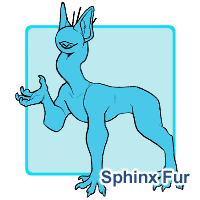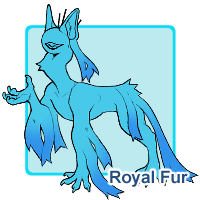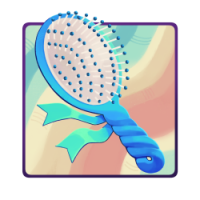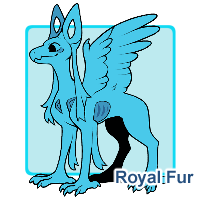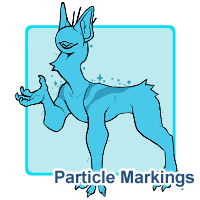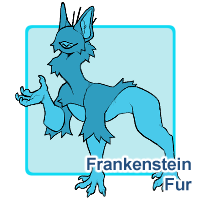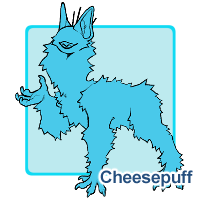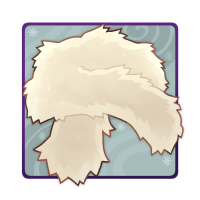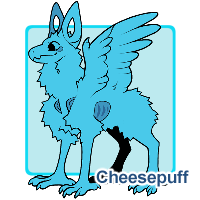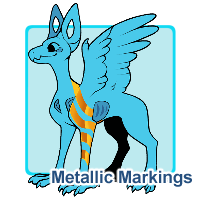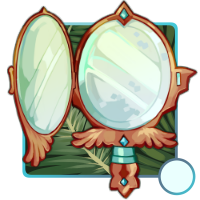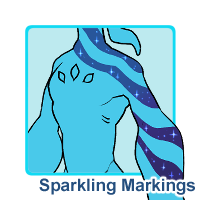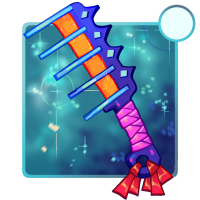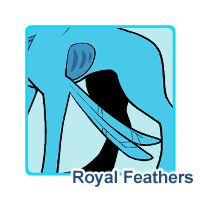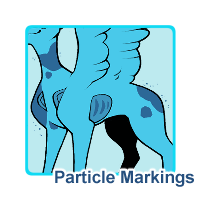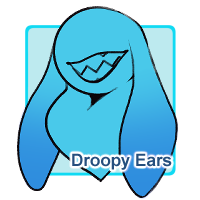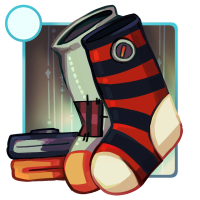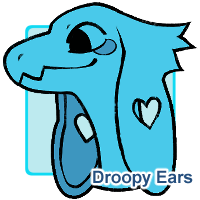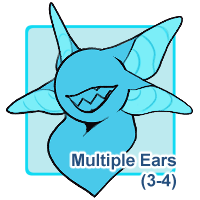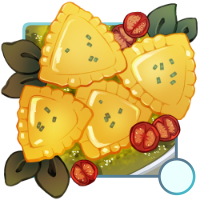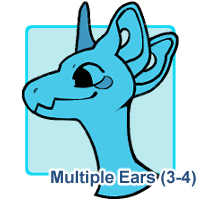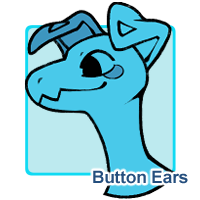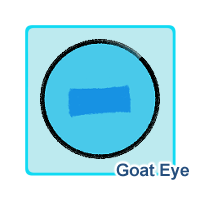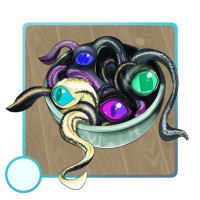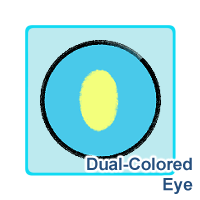Traits
[ Click here for Visual Sorter! ]
Sphinx Fur (Uncommon)
[Hairless, or nearly hairless]
- Includes very light peach fuzz or short hair
- Can have hair on the head
- Cannot have any large fur tufts
Royal Fur (CCCats) (Uncommon)
[Any long strands of fur that are noticeably longer than the rest of the design's fur.]
- Can create ponchos, fur ribbons, long ankle fur
- Can appear as fur linking from one spot to another
- Tail and head hair can be long without needing this trait.
- Can be combined with Short Tail to create a horse-like tail. Tails affected that do not use short should clearly have the tail beneath be readable."
- Cannot look like fabric or be an entirely flat shape. Must still show fur-like quality
Can be applied by:
Royal Fur (Gravents) (Uncommon)
This trait is Common for Crooks
[Any long strands of fur that are noticeably longer than the rest of the design's fur. This includes ribbons, ponchos, long ankle fur, etc. All pieces must still resemble and act like fur/hair]
Can be applied by:
Particle Markings (CCCats) (Uncommon)
[Particles that trail randomly from a specific marking, similar to particle crowns]
- Must be small
- Must clearly emit from a specific marking
- Can be shaped
- Can be affected by marking traits. Sparkling Markings can change particles themselves into sparkles that trail off the body.
- Can be any color that appears on the body
- Cannot be large or mimic floating body pieces
- Cannot be turned off
Can be applied by:
Frankenstein Fur (Uncommon)
[Patches of normal fur and furless patches separated by an abrupt change in length]
- Patches can be shaped or complex.
- Must show an abrupt change between furred and bald parts.
- Furred and bald patches can have different marking types.
- Can be combined with Cheesepuff and Royal Fur
- The Sphinx Fur trait is not required alongside this trait.
- Does not cover designs that have hard fur cutoffs that seperate furred areas. Must be areas of furred and bald spots.
Cheesepuff (CCCats) (Uncommon)
[Excessive full body fur. Fur usually obscures anatomy to some degree]
- Fur can be any texture
- Should affect the entire body unless combined with Frankenstein Fur
- Can be combined with Royal Fur
- Must not overly obscure base CCCat anatomy
- CCCats can be fluffy without this trait. This trait only covers fur that is excessive in nature
Can be applied by:
Cheesepuff (Gravents) (Uncommon)
This trait is Common for Crooks
[Excessive full body fur or feathers]
Can be applied by:
Metallic Markings (Gravents) (Uncommon)
[Markings that have a metallic and shiny sheen]
- Can be any color, but reflections are generally monotone, meaning highlights and shadows share general hue with the base color
- Affects any color/marking on the body, as long as it does not effect the entire coat
- Can affect the tongue, claws, blood, bones, and organs
- Can be applied to the eye patch without the need for this trait
- Cannot effect vents or vent wings
Can be applied by:
Sparkling Markings (Crooks) (Uncommon)
[Markings that sparkle and reflect light akin to glitter]
- Can be any color, but sparkles must share hue with the base color of the markings
- Can affect the particles originating from the Particle Tendrils or Particle Markings traits, allowing them to be purely sparkles
- Affects any color/marking on the body, as long as it does not effect the entire coat
- Can affect the teeth, tongue, claws, blood, bones, and organs
- This does not effect tendrils
- If applied to a design via the Sparkling Chalk Comb item, this trait cannot be swapped to any other trait.
Can be applied by:
Royal Feathers (Uncommon)
[Very long feathers, akin to a rooster's]
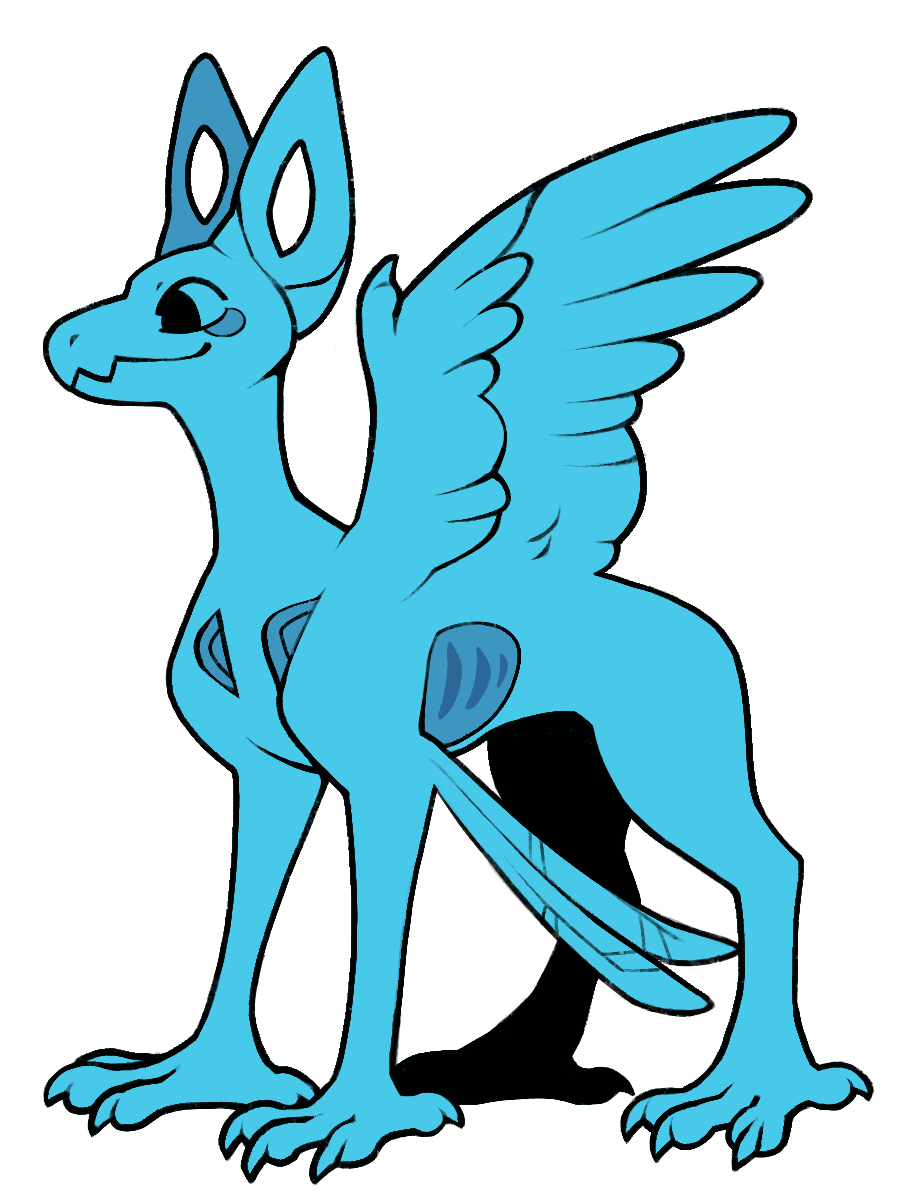
Can be applied by:
Particle Markings (Crooks) (Uncommon)
[Particles that trail randomly from a specific marking, similar to particle crowns]
- Must be small
- Must clearly emit from a specific marking
- Can be shaped
- Can be affected by marking traits. Sparkling Markings can change particles themselves into sparkles that trail off the body.
- Can be any color that appears on the body
- Cannot be large or mimic floating body pieces
- Cannot be turned off
Can be applied by:
Particle Markings (Gravents) (Uncommon)
[Particles that trail randomly from a specific marking, similar to particle crowns]
- Must be small
- Must clearly emit from a specific marking
- Can be shaped
- Can be affected by marking traits. Sparkling Markings can change particles themselves into sparkles that trail off the body.
- Can be any color that appears on the body
- Cannot be large or mimic floating body pieces
- Cannot be turned off

Can be applied by:
Droopy Ears (CCCats) (Uncommon)
[Ears that dangle downwards]
- Ears flop over at the base
- Ear themselves can be floppy and soft
- Ears may point downward without this trait
- Button ears do not require the use of this trait, as it only affects the base.
Can be applied by:
Droopy Ears (Gravents) (Uncommon)
[Ears that dangle downwards]
- Ears flop over at the base
- Ear themselves can be floppy and soft
- Ears may point downward without this trait
- Button ears do not require the use of this trait, as it only affects the base.
Can be applied by:
Multiple Ears (3-4) (CCCats) (Uncommon)
[3 to 4 ears placed on the head]
- Can be placed symmetrically or asymmetrically
- Cannot be placed anywhere that an ear would not naturally be, but can go to a degree down the jaw/head to account for multiple ears
Can be applied by:
Multiple Ears (3-4) (Crooks) (Uncommon)
[3 to 4 ears placed on the head]
- Can be placed symmetrically or asymmetrically
- Cannot be placed anywhere that an ear would not naturally be, but can go to a degree down the jaw/head to account for multiple ears
Can be applied by:
Multiple Ears (3-4) (Gravents) (Uncommon)
[3 to 4 ears placed on the head]
- Can be placed symmetrically or asymmetrically
- Cannot be placed anywhere that an ear would not naturally be, but can go to a degree down the jaw/head to account for multiple ears
Can be applied by:
Button Ears (Uncommon)
[Ears that droop and fold forward]
- Ears stand upright at the base but then flop forwards
- Ears may point downward without this trait
Can be applied by:
Square Pupil (Uncommon)
[Any diamond, rectangular, square or goat shaped pupil]
- Pupil is goatlike, square, rectangular or diamond shaped. Can be soft or hard edged
- Pupil may be naturally horizontal in alignment
- This trait is not needed if Patterned Eye is used
- CCCATS - A CCCat’s eye must be above 43% saturation and value to be considered a living eye. Please provide a flat and unshaded eye reference when submitting a MYO or Redesign (MYO and Redesign Guide)
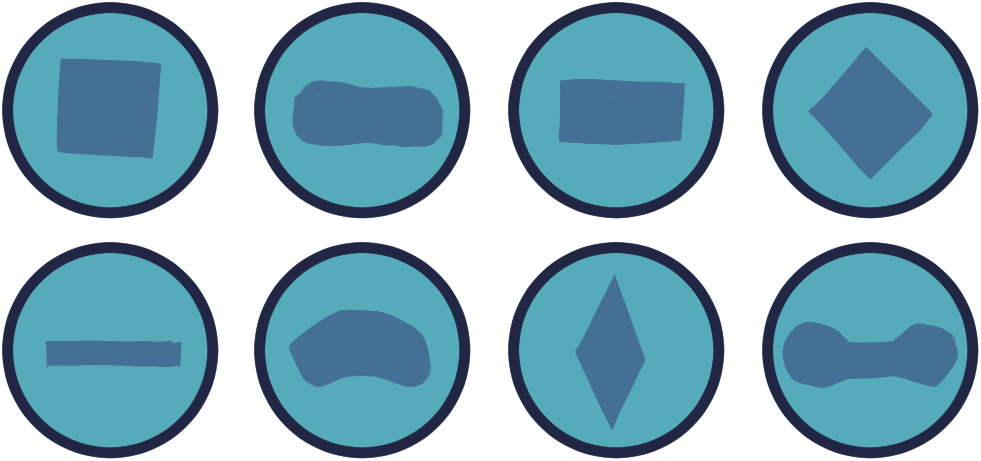
Can be applied by:
Dual-Colored Eye (Uncommon)
[Eye that has a differing hue between the pupil and base color]
- Hue is clearly different from the base color
- Includes if the pupil is lighter than the base of the eye
- To have a colored pupil on a Dead Eye, this trait is required
- CCCATS - A CCCat’s eye must be above 43% saturation and value to be considered a living eye. Please provide a flat and unshaded eye reference when submitting a MYO or Redesign (MYO and Redesign Guide)
